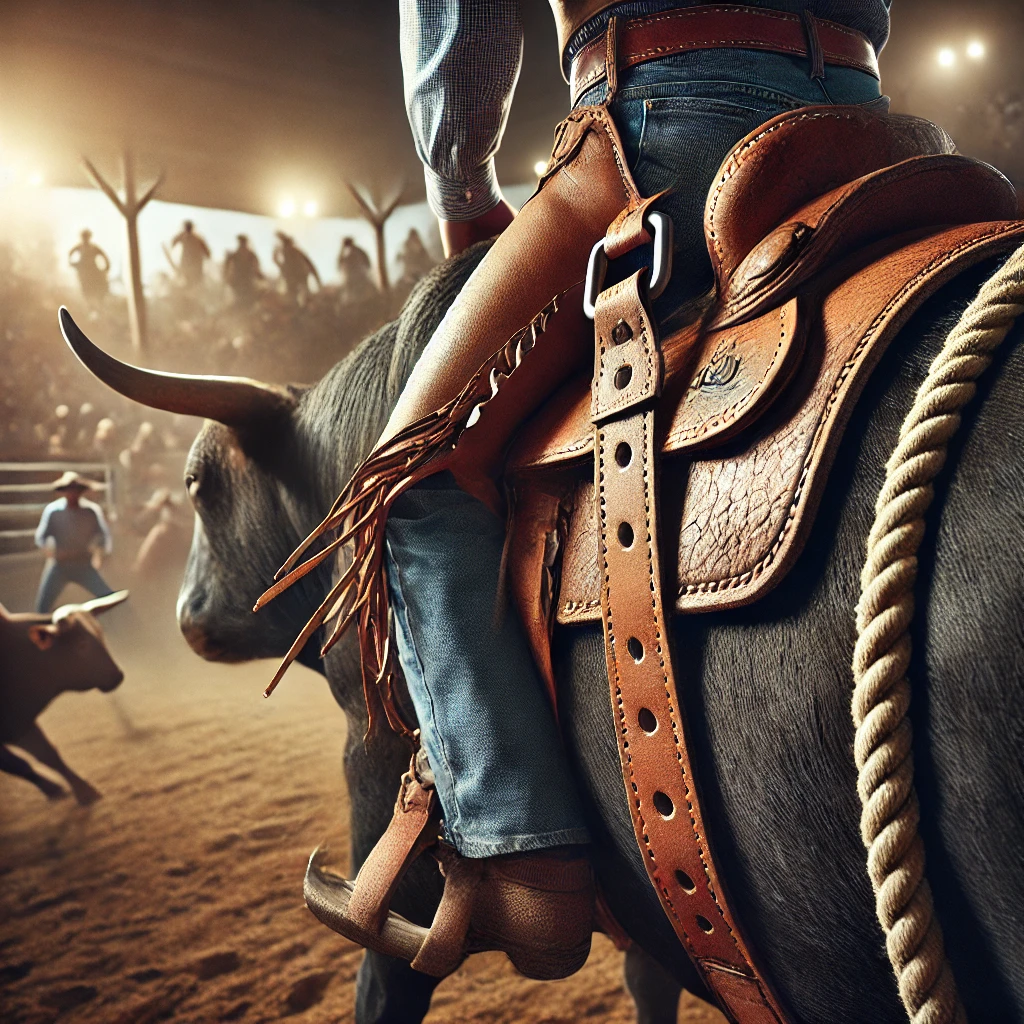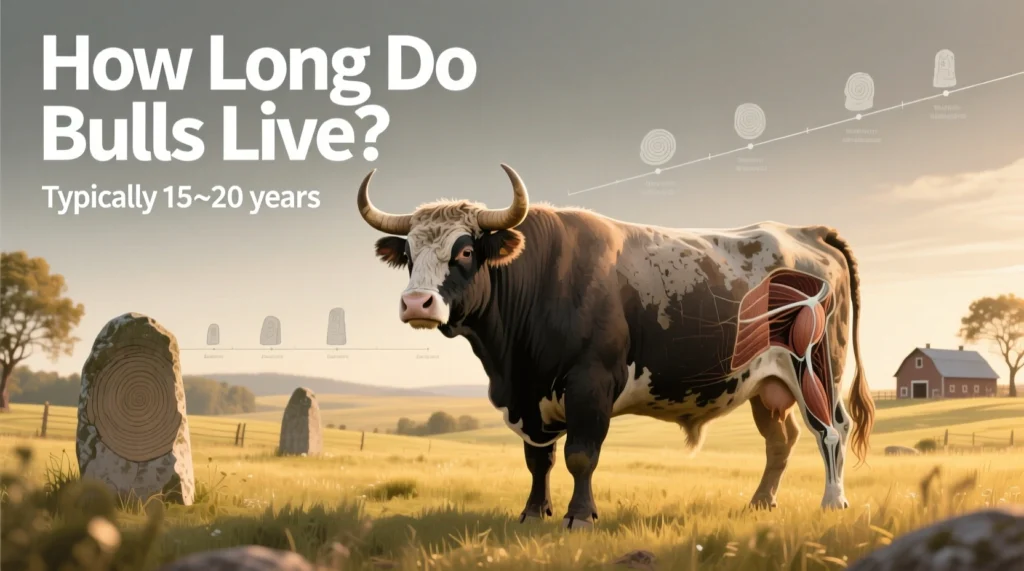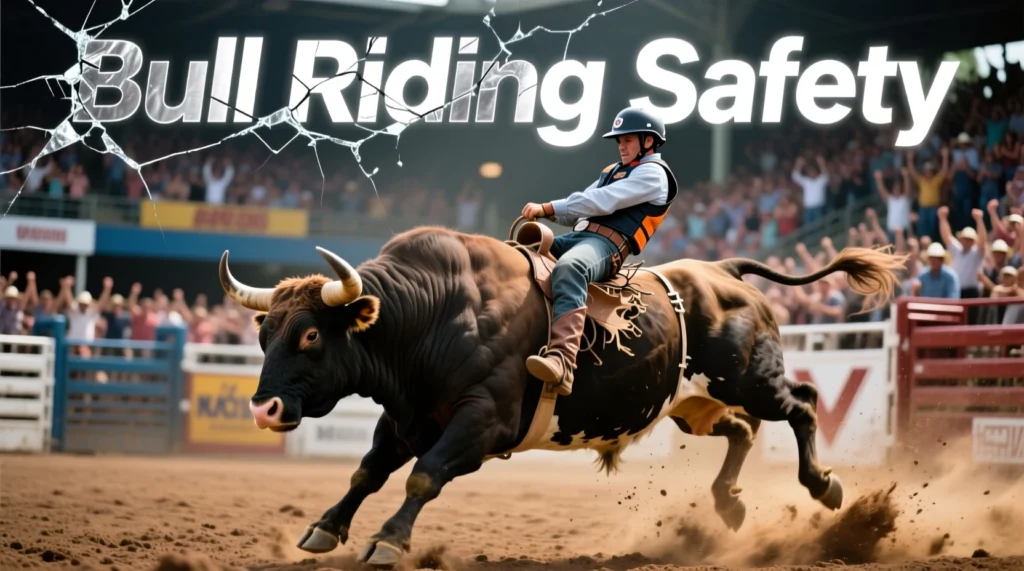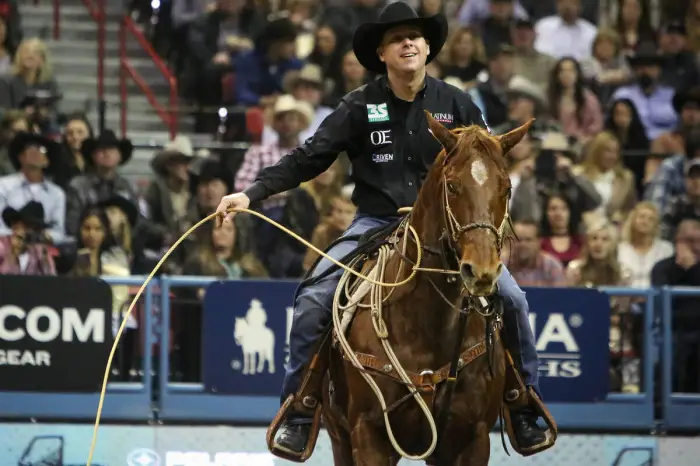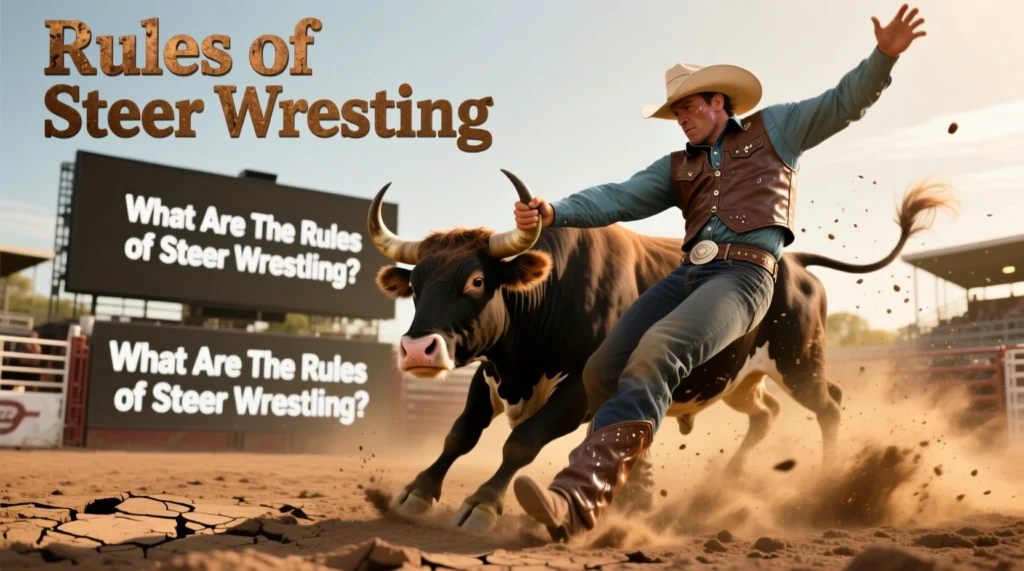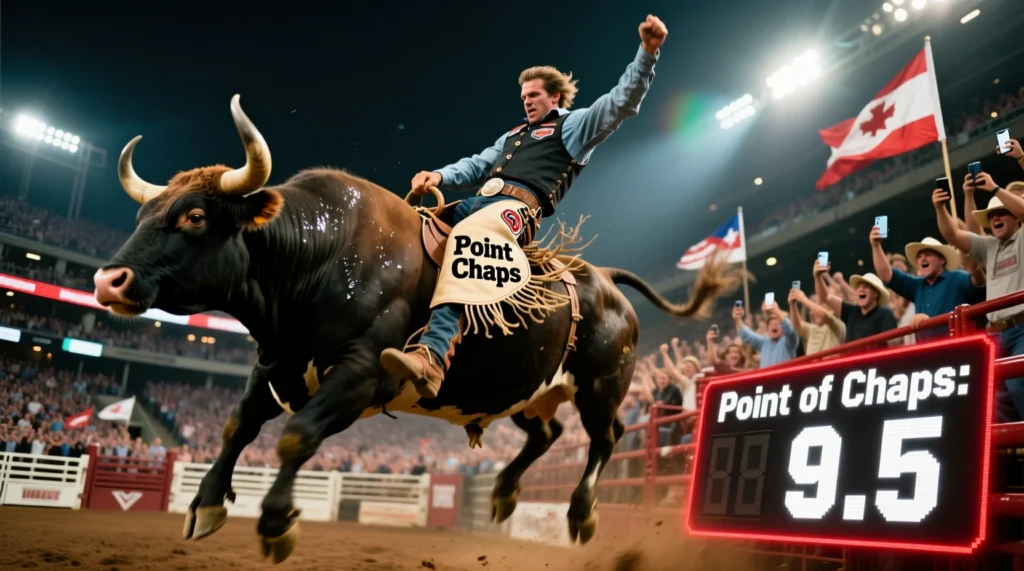What Does The Flank Strap Do? Let’s discover the role of the flank strap in bull riding, its design, and the ethical debate. Learn how regulations and innovations aim to balance tradition with animal welfare.
The flank strap, a simple but controversial piece of rodeo equipment, sits at the center of a heated debate about animal welfare in bull riding. Supporters claim it is essential for fair competition, while critics say it causes unnecessary discomfort. This article explores the purpose of the flank strap, its mechanics and how the sport is addressing ethical concerns.
Table of Contents
What Does the Flank Strap Do? Primary Purpose and Design
A flank strap is a padded leather or neoprene belt that is secured around the hindquarters of a bull during rodeo events. Its main functions include:
- Encouraging Bucking: The snug placement of the strap irritates the bull’s sensitive side, causing a natural bucking reflex.
- Ensuring fair competition: By standardizing the severity of the booking, it allows judges to score riders and bulls consistently.
- Safety: A properly fitted strap prevents bulls from kicking backwards, reducing the risk of injury to riders.
Modern flank straps are lined with fleece or sheepskin to reduce discomfort. Organizations such as the Professional Rodeo Cowboys Association (PRCA) mandate regular inspections to ensure humane consumption.
How the Flank Strap Works: Mechanics and Misconceptions
Contrary to myth, the back strap is not tied around the genitals or pressed so tightly as to cause pain. Here’s how it works:
- Placement: placed loosely on the flank muscles, not on the abdomen or reproductive organs.
- Material: Soft, non-abrasive padding prevents chafing.
- Release mechanism: A quick-release buckle allows the strap to fall off immediately after a ride.
Supporters’ View:
- Bulls are naturally conditioned to deer. The strap simply enhances natural behavior.
- High-level bulls, such as those in the Professional Bull Riders (PBR) circuit, are prized athletes who receive premium care.
Critics claim:
- Even mild irritation causes stress, which violates animal rights principles.
- Improper use (e.g. too hard) can cause injuries such as cuts or abrasions.
The Flank Strap Controversy: Animal Welfare vs. Tradition
The ethical debate centers on two questions:
- Does the flank strap harm bulls?
- Are alternatives viable without compromising the sport?
Arguments Against the Flank Strap
- Stress indicators: Studies show that bulls show elevated heart rates and cortisol levels during rodeos.
- Risks of injury: Poorly fitted straps can cause friction burns or muscle strains.
- Public Perception: 42% of Americans associate flank straps with cruelty (ASPCA Survey, 2023).
Arguments in Favor
- Regulated use: PRCA rules require veterinary checks and padded leashes.
- Natural behavior: Bulls naturally return. The strap does not force unnatural movements.
- Economic necessity: Booking bulls is a profitable investment, which encourages humane behavior.
Flank Strap Statistics: Balancing Data and Ethics
Objective data helps contextualize the debate:
| Statistic | Source | Findings |
|---|---|---|
| Bull injury rate due to flank straps | PRCA (2023) | 0.08% of rodeo injuries linked to straps |
| Public support for strap bans | ASPCA Survey (2023) | 34% advocate banning flank straps |
| Average bucking force with/without strap | Texas A&M Study (2022) | 12% increase in bucking force with flank strap |
| Bulls retiring due to strap-related injuries | PBR Data | <1% of retired bulls |
Solutions to Address Flank Strap Concerns
To bridge the gap between tradition and ethics, stakeholders propose:
Improved Flank Strap Designs
- Pressure Sensors: Monitor tightness in real-time to prevent over-constriction.
- Biodegradable Padding: Eco-friendly materials like hemp reduce environmental impact.
2. Stricter Regulations
- Mandatory training: Handlers are required to pass animal welfare courses.
- Third-party audits: Independent groups such as the Humane Society International conduct rodeos.
3. Alternative Technologies
Mechanical Bulls: Offers practice sessions without live animals.
Electronic Triggers: Use sound or vibration signals to trigger bookings without physical contact.
The Future of Flank Straps in Rodeo
As animal welfare awareness grows, rodeo organizations face pressure to innovate:
- “Animal Welfare Division” of PBR: Monitors bull maintenance and equipment standards.
- VR Training: Riders hone skills through simulation, reducing reliance on live bulls.
- Transparency campaigns: Public tours of bull farms discredit the use of straps.
Is the Flank Strap Ethical?
The flank strap is a divisive device, but its role in bull riding is evolving. With advances in technology and stricter oversight, the sport can maintain its excitement while addressing ethical concerns. The key is to balance tradition with transparency and innovation.

